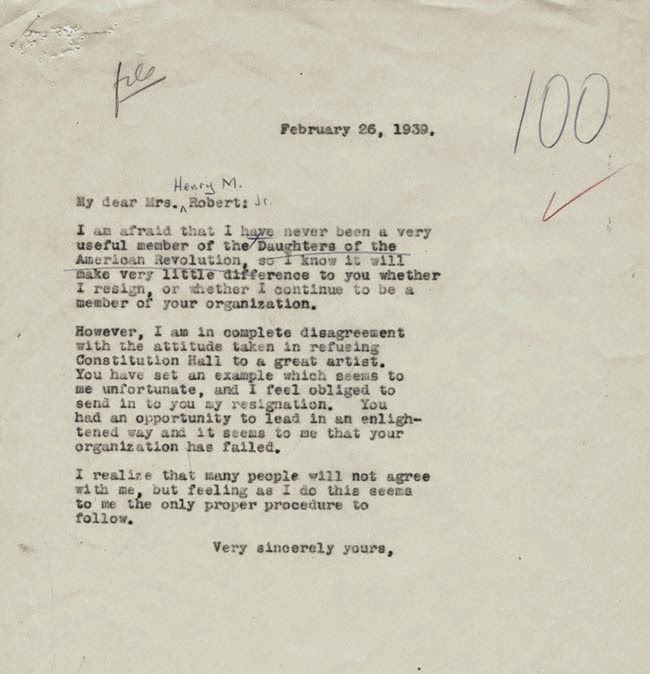This next source that drew my attention because it is obviously a political cartoon. The picture is captioned "No Color Line Up There, Is There Lord?" and shows a man standing at the rubble of the 16th street Baptist Church holding what we can assume to be one of the little girls who died as a cause of this bombing. I liked that this was a part of the reaction that the town had, that they were crying out for something to give them a sense of safety and piece and sort of pointing a finger at all of those who agree with segregation, making them see that this is a real and direct cause of their callousness. I gained a better understanding of how people reacted and how they were really trying to communicate with Washington to avoid instances just like the tragic bombing of 16th street baptist church.
The first source I decided to go with is this letter posted to the president, John Kennedy form Dr. Martin Luther King Jr. This letter goes into detail on Dr. Martin Luther King Jr.'s disapproval of the situation in Birmingham. He conveys his disgust with the sad event of people having their lives threatened while attending Sunday school. Even more so there is the sad fact that these are children that lost their lives in a problem that is so much bigger than them. I found this interesting because King is such an influential person and there is no end to the attempts to change the outcome of this city and their history of bombing. King is calling out the President saying that this is not how America should run, there should be change happening if only to prevent more innocent lives being lost.
CONCLUSION:
These three sources span the time from the day of the bombing to the reaction and the rippling effects this had on the country. I choose this topic because I actually visited the 16th street Baptist church when I was in Birmingham and it is still an iconic peice of history for the community today. I realized through my searching on this website that history has a way of effecting people in a much wider scope. This event cause four deaths and it is not just the families of those children killed, but an entire nation mourning and asking for a change. I understand more clearly now that this event was surrounded by influential people showing concern and it was a bit of a wake up call to the president. They seemed to understand the finality of a death and the gross level this segregation and discrimination had reached when many people thought that would soon be a thing of the past. I really enjoyed looking through this website and seeing what artifacts, and recordings revolved around this particular event. The church bombings were so exceptionally sad because negro people could not even feel safe going to church, which to me seems like a extreme breach in personal rights. John F. Kennedy was really tested throughout his presidency on how he would respond to such delicate situations and these sources help the reader to see what people were truly trying to convey. Equality should not be an issue it should simply just be the way we live.






